
04.09.2017
Veronica Stigger writes from a historic perspective about the work of Brazilian artist Maria Martins to contextualize the identity behind her artistic production.
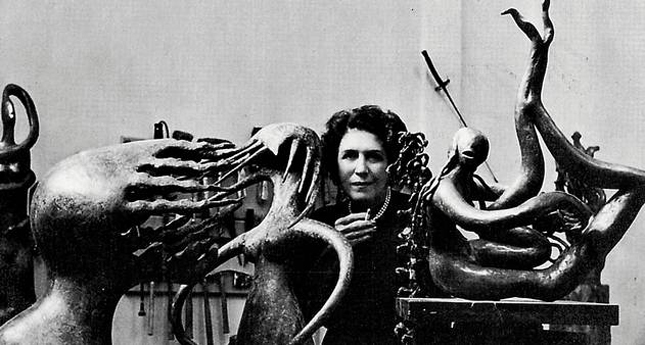
Maria Martins. Source: Blog Cachimbo de bolso.
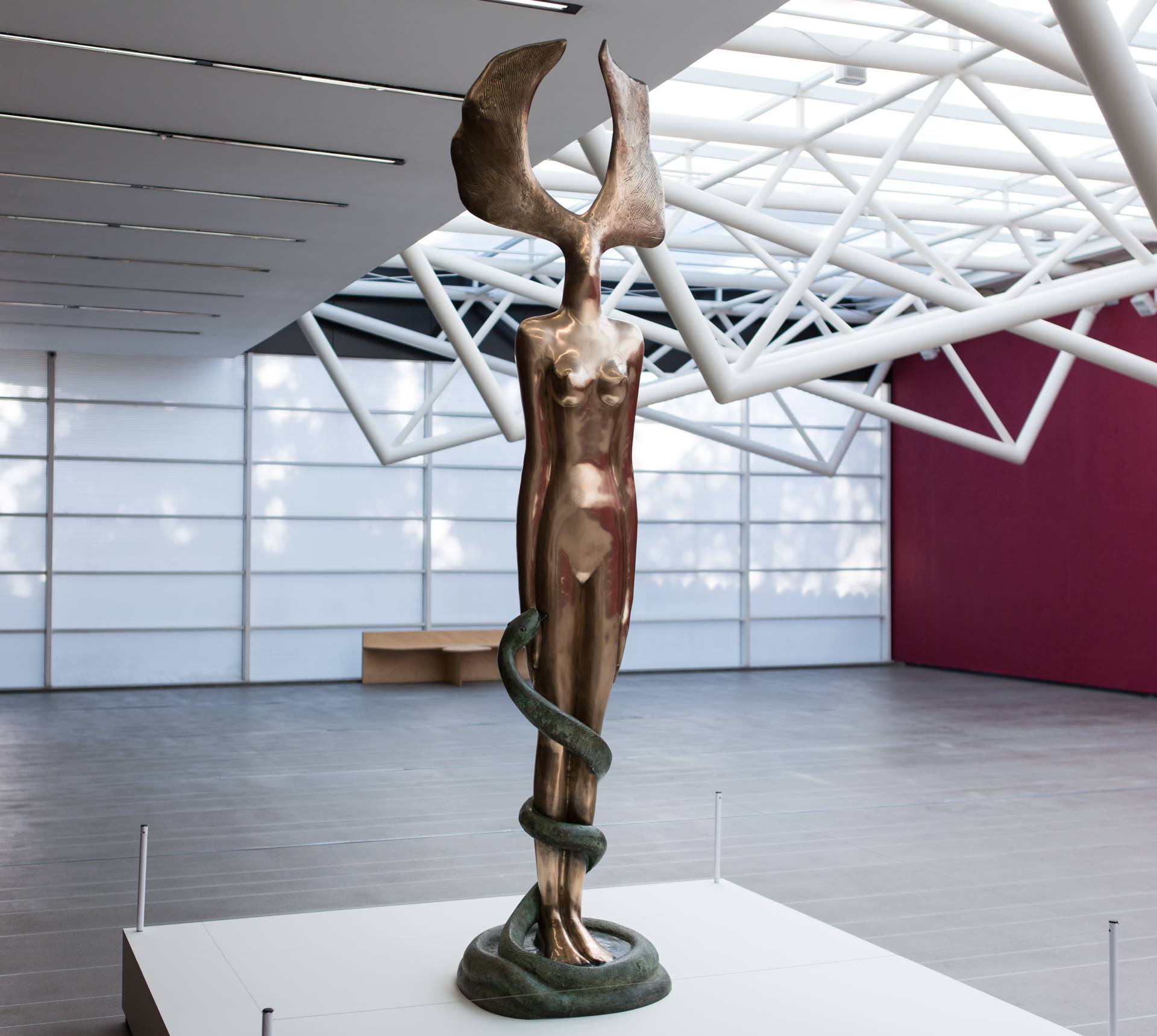

§
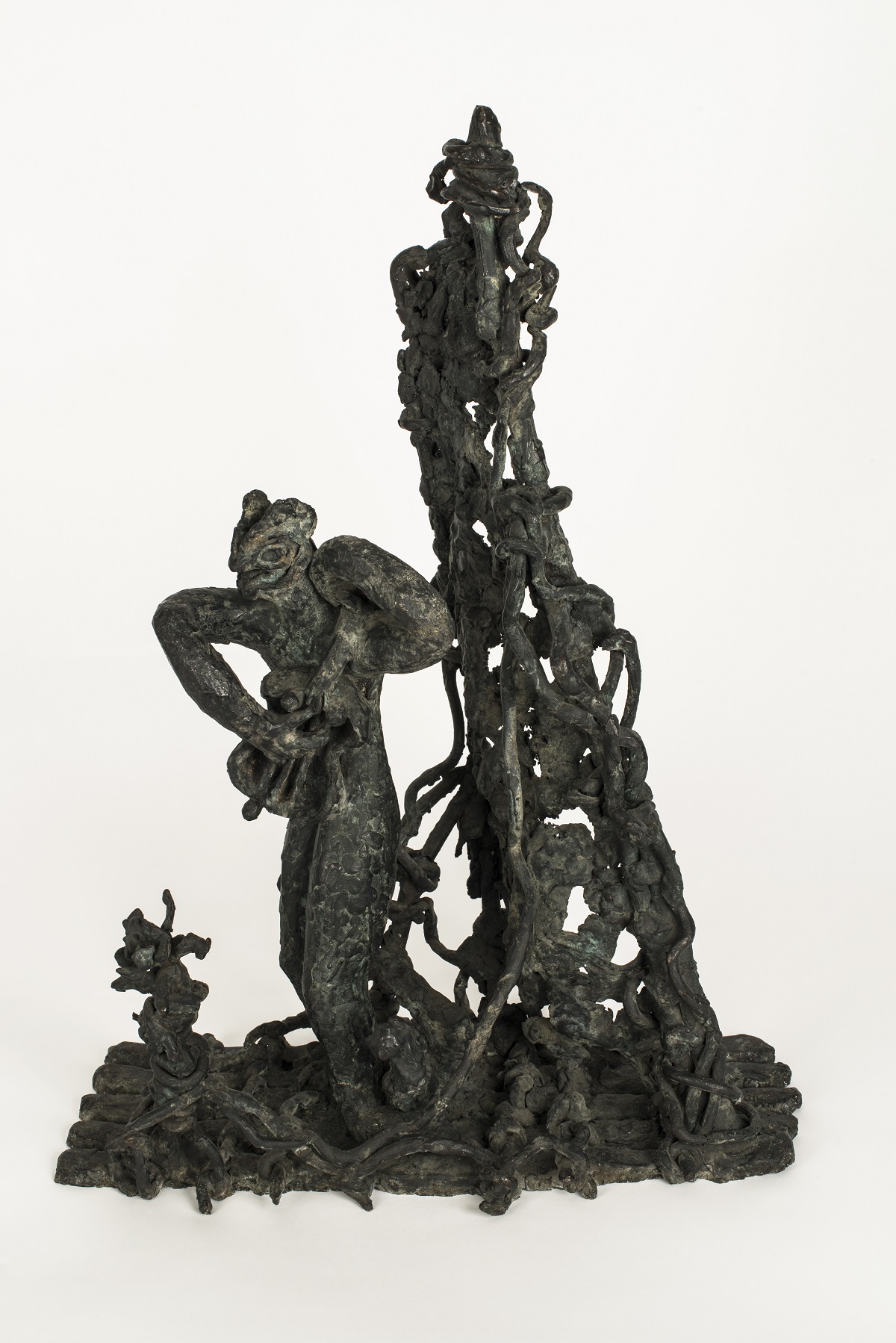
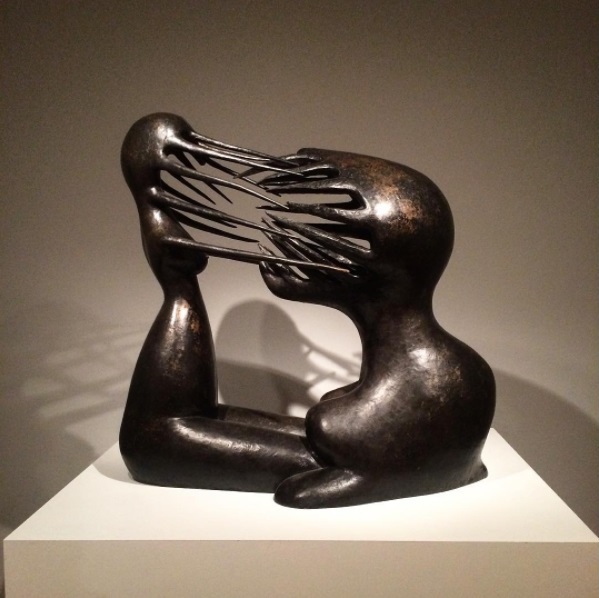
Maria Martins, The Impossible III, 1946. Source: Instagram @leonieboothclibborn
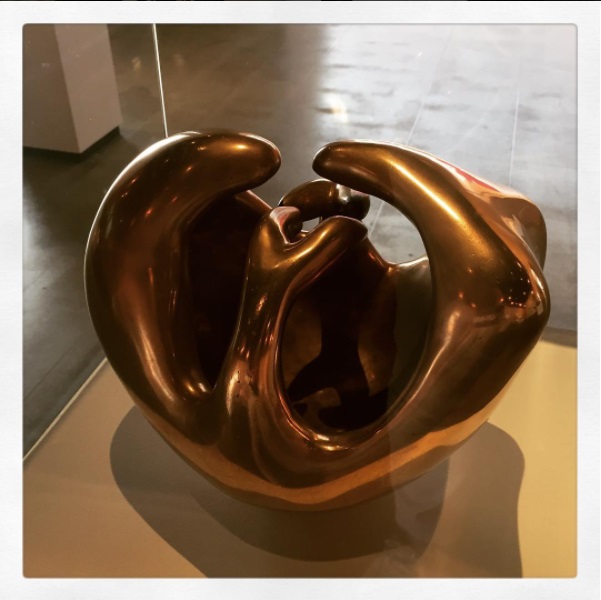
Maria Martins, Très avide, 1949. Source: Instagram @rodolfowviana
Raúl Antelo recalls that in 1926, Mário Pedrosa—alongside Antonio Bento and Livio Xavier—ended up writing an (unpublished) manifesto that introduced Breton’s ideas to the Brazilian modernist debate (Maria con Marcel Duchamp en los trópicos, Buenos Aires: Siglo Veintiuno, 2006: 156). Translator’s rendition of Stigger’s Spanish-language citation.
Mário Pedrosa, “Maria, a escultora,” criticism compiled by Aracy A. Amaral, De los murales de Portinari a los espacios de Brasilia, São Paulo: Perspectiva: 1981, pp. 87-89. Martins herself, in the catalogue for this 1956 exhibition and possibly anticipating negative criticism, wrote: “That artists use this or that form of expression to transmit their messages, which are theirs and expressed in their own language, matters not, provided they don’t use some “idiom,” often what lies behind a great scarcity of artists of real value. To better explain myself, I’d say that for me, [this is] when in a painting or sculpture, the first thing that jumps out is the school or the movement to which the creator claims to belong, without that sculpture or painting stirring any notable interest in terms of admiration or even repulsion. Such an artwork goes no further than “idiom” and dies, even if it may know momentary acclaim.” From Maria Martins (São Paulo: Fundación Luisa y Oscar Americano, 1997): 37. Translator’s rendition of Stigger’s Spanish-language citations.
Mário Pedrosa, in the catalogue from the second Grupo Frente exhibition, compiled by Fernando Cocchiarale and Anna Bella Geiger: Abstraccionismo geométrico e informal: la vanguardia brasileña en los años cincuenta (Rio de Janeiro: Funarte, 2004): 233. Translator’s rendition of Stigger’s Spanish-language citation.
Idem, 234. Translator’s rendition of Stigger’s Spanish-language citation.
Charoux, Cordeiro, De Barros, Fejer, Haar, Sacilotto, and Wladyslaw, in “Ruptura,” reproduced by Fernando Cocchiarale and Anna Bella Geiger, Abstraccionismo geométrico e informal, op. cit., 219. Translator’s rendition of Stigger’s Spanish-language citation.
Augusto de Campos, Haroldo de Campos and Décio Pignatari, Teoria da poesia concreta: textos críticos e manifestos 1950-1960 (São Paulo: Brasiliense, 1987): 7. Translator’s rendition of Stigger’s Spanish-language citation.
Haroldo de Campos, Contexto de uma vanguarda, complied by Augusto de Campos, Haroldo de Campos and Décio Pignatari, Teoria da poesia concreta op. cit., 153. Translator’s rendition of Stigger’s Spanish-language citation.
Idem, p. 154.
Charoux, Cordeiro, de Barros, Fejer, Haar, Sacilotto and Wladyslaw, “Ruptura,” op. cit., p. 219. Translator’s rendition of Stigger’s Spanish-language citation.
Haroldo de Campos, Poesia e paraíso perdido, complied by Augusto de Campos, Haroldo de Campos and Décio Pignatari, Teoria da poesia concreta op. cit., p. 33. Originally published in the Diário de São Paulo on 5 June 1955. Translator’s rendition of Stigger’s Spanish-language citation.
Portuguese-language translation reproduced in Maria Martins, op. cit., p. 18. Translator’s rendition of Stigger’s Spanish-language citation. The copper plates are illustrated on pp. 20-23.
An approximation she attempts to develop in more detail elsewhere.
In an investigation into the first attempts to found a Brazilian literary historiography, in the nineteenth century, Flora Süssekind observes that “in an almost programmatic way, a direct line from Nature was affirmed, an incontestable dictum based on the observation of local peculiarities, designed to produce works that were “Brazilian” and “original” while at the same time it was important “not to see” the landscape. Because their reason and design were predetermined.” (O Brasil não é longe daqui: o narrador, a viagem (São Paulo: Companhia das Letras, 1990): 33). Translator’s rendition of Stigger’s Spanish-language citation.
Homi K. Bhabha, “El lugar de la cultura” in Interrogando la identidad: Frantz Fanon y la prerrogativa postcolonial, trans. Myriam Ávila, Eliana Lourenço de Lima Reyes and Gláucia Renata Gonçalves (Belo Horizonte: UFMG, 2005): 76. This is the third of three conditions for understanding the process of identification. The first stipulates identification in opposition to the Other: “to exist is to be called into existence in relation to an Otherness, a gaze or a locus.” The second affirms “the proper locus of identification, trapped in the tension between demand and desire, is a space of division” (pages 75 and 76 respectively). Translator’s rendition of Stigger’s Spanish-language citations.
Idem, p. 85. Translator’s rendition of Stigger’s Spanish-language citation.
Specifically, Deuses malditos 1. Nietzsche (Rio de Janeiro: Civilização Brasileira, 1965).
Friedrich Nietzsche, El nacimiento de la tragedia o Helenismo y pesimismo, trans. J. Guinsburg (São Pablo: Compañía de las Letras, 1996): 135. For Cassirer, what occurs in “primitive belief” is “a deep and burning desire on the part of individuals in the sense of identifying with community life and with natural life,” a desire that is satisfied not by myths but by the rites with which myths find themselves related. Ernst Cassirer, O mito do estado, trans. Álvaro Cabral (São Paulo: Códex, 2003): 58). Translator’s rendition of Stigger’s Spanish-language citations.
See Mendes’s text for the exhibition catalogue from Martins’s 1956 Museo de Arte Moderno de Rio de Janeiro show, featured in Maria Martins op. cit., 33-35. The mention that Martins never visited the Amazon region appears on p. 33.
André Breton, Maria, featured in Maria Martins, op. cit., 13-14; and in André Breton, Le surréalisme et la peinture, Paris: Gallimard, pp. 407-412. The text originally served as an introduction to Martins’s work at a 1947 Julien Lery Gallery show (New York). Translator’s rendition of Stigger’s Spanish-language citation.
Ozenfant’s text for the exhibition catalogue from Martins’s 1950 Museo de Arte Moderno de São Paulo show, featured in Maria Martins, op. cit., p. 27. Translator’s rendition of Stigger’s Spanish-language citation.
Benjamin Péret’s essay for Maria Martins’s 1956 Museo de Arte Moderno do Río de Janeiro show, featured in Maria Martins, op. cit., 31.
Comments
There are no coments available.